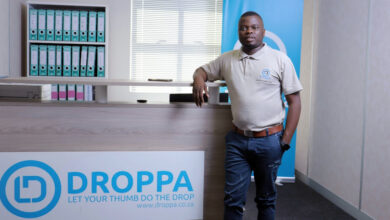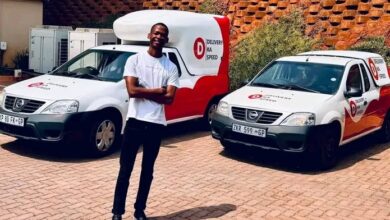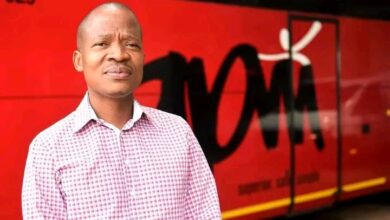How SPARK Schools Disrupted South African Education

How SPARK Schools Disrupted South African Education. When SPARK Schools opened its first campus in Ferndale, Johannesburg, in 2013, few could have predicted that it would grow into one of South Africa’s most talked-about private school networks. At a time when the public education system was battling overcrowding, underperformance, and inequality, SPARK set out with a bold mission: to provide high-quality, affordable education through innovation and efficiency. The story of its rise is one of strategic foresight, operational discipline, and a commitment to measurable impact.
Identifying a Gap and Building with Precision
SPARK Schools was co-founded by Stacey Brewer and Ryan Harrison, both graduates of the Gordon Institute of Business Science (GIBS). Their idea was sparked by Brewer’s MBA thesis, which explored sustainable models for affordable education in South Africa. Recognizing the inefficiencies in both public and private sectors, they proposed a hybrid model—leveraging technology and strong operational systems to deliver quality education at a significantly reduced cost.
Their model adopted a blended learning approach: traditional classroom teaching supported by online learning. This not only cut down on costs but also allowed students to progress at their own pace. Importantly, it freed up teachers to offer more targeted, small-group instruction. Early on, the co-founders emphasized data-driven decision-making—monitoring student performance and operational efficiency in real time.

First Major Turning Point: Proof of Concept
The opening of the Ferndale campus was critical. As the pilot, it had to prove that the model worked—both educationally and financially. The team kept a tight control on costs, implemented rigorous teacher training, and leaned into the use of technology platforms to track progress. Parents were impressed by the transparency and responsiveness of the model. The school reached capacity quickly, validating demand and setting the stage for replication.
Marketing that Spoke to the Right Audience
SPARK Schools didn’t rely on flashy advertising. Instead, it focused on community-based marketing and word of mouth. Open days, parent testimonials, and accessible leadership helped build trust in underserved communities. The brand positioned itself not just as affordable, but as aspirational—offering a level of professionalism and quality that many low-income families felt was reserved for the elite.
By creating a strong brand promise—”Every child should have the opportunity to succeed”—SPARK built a reputation that went beyond price. It was about pride, excellence, and belonging.

Scaling Smartly: Expansion with Guardrails
After the success of Ferndale, SPARK Schools expanded cautiously but consistently. By 2016, it had opened multiple campuses across Gauteng and the Western Cape. Rather than growing indiscriminately, the team used rigorous site selection criteria and standardized processes to replicate success. Every school followed the same instructional model, operational structure, and teacher development plan.
Behind the scenes, central support offices handled procurement, data analytics, and curriculum updates, ensuring that schools could focus on teaching and learning. This franchising-like model allowed SPARK to scale without compromising quality.
Facing Challenges Head-On
Like any startup, SPARK faced skepticism—particularly from traditional educators who questioned whether technology-driven learning could meet South Africa’s complex educational needs. There were also infrastructure challenges: setting up schools in areas with limited amenities required creative problem-solving and often, collaboration with local authorities.
COVID-19 tested the model’s resilience. While many schools scrambled to adapt, SPARK transitioned to online learning relatively smoothly due to its existing tech backbone. The crisis reinforced its value proposition and highlighted the importance of digital fluency in education.

Key Takeaways for Entrepreneurs
- Start with a real problem and validate demand: Brewer’s thesis didn’t stay theoretical—it became the foundation of a real-world solution.
- Design with scale in mind: From day one, SPARK focused on replicable systems, allowing for sustainable growth.
- Stay disciplined: Even with pressure to expand, the brand never compromised on quality. Strategic restraint paid off.
- Own your narrative: Community engagement and consistent messaging helped build a brand that resonated emotionally and practically.
- Invest in infrastructure early: Their central office and data systems were expensive, but crucial for consistency and control.
The Road Ahead
As of 2025, SPARK Schools operates over 20 campuses and continues to refine its model. With backing from international investors like Omidyar Network and Pearson Affordable Learning Fund, it’s positioned for further growth. More importantly, it’s helped reshape the conversation about what’s possible in South African education.
For entrepreneurs, SPARK’s story is a case study in how thoughtful design, strategic focus, and purpose-driven leadership can turn an idea into a national movement. It’s not just about building a brand—it’s about building a legacy.




